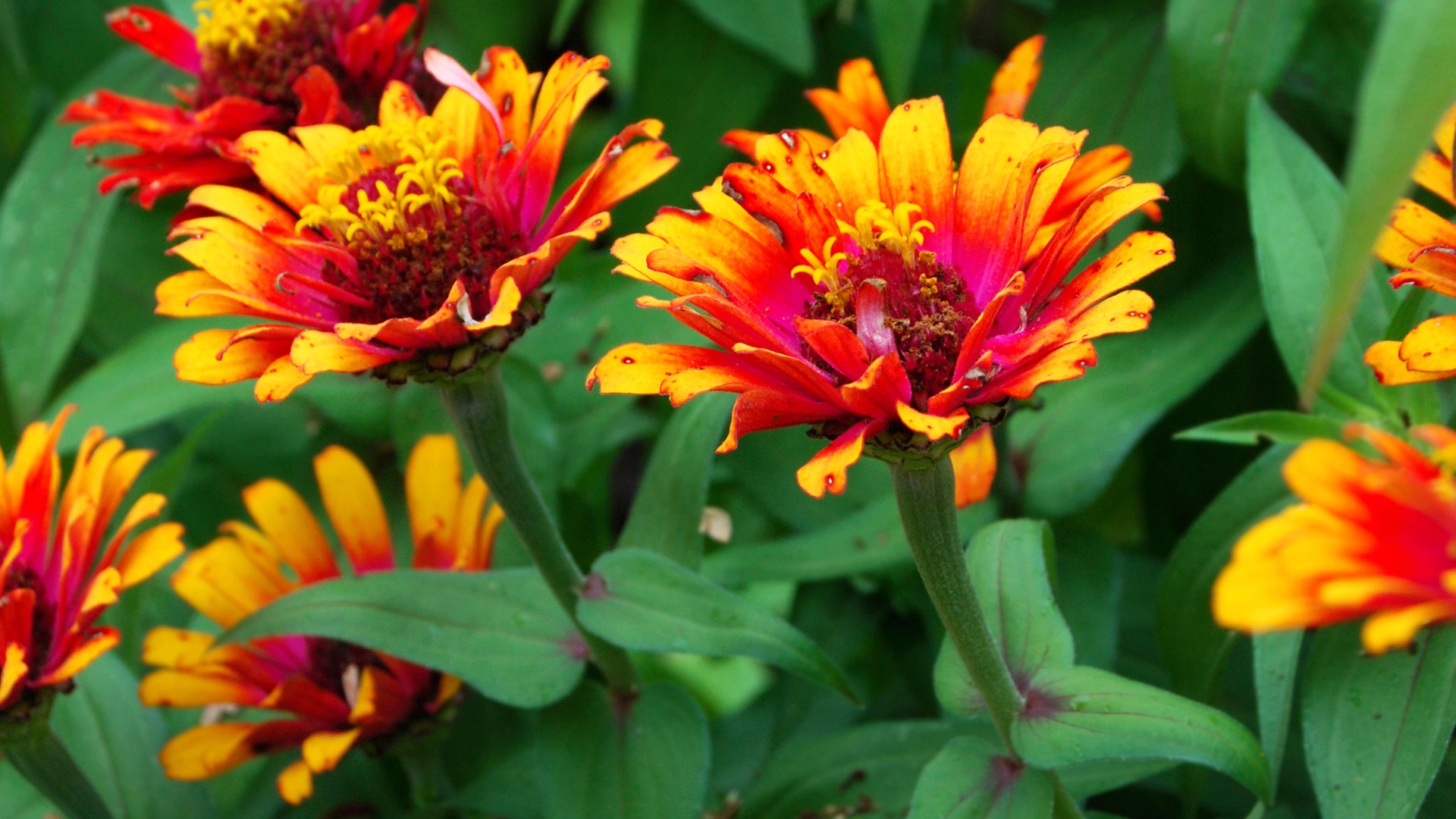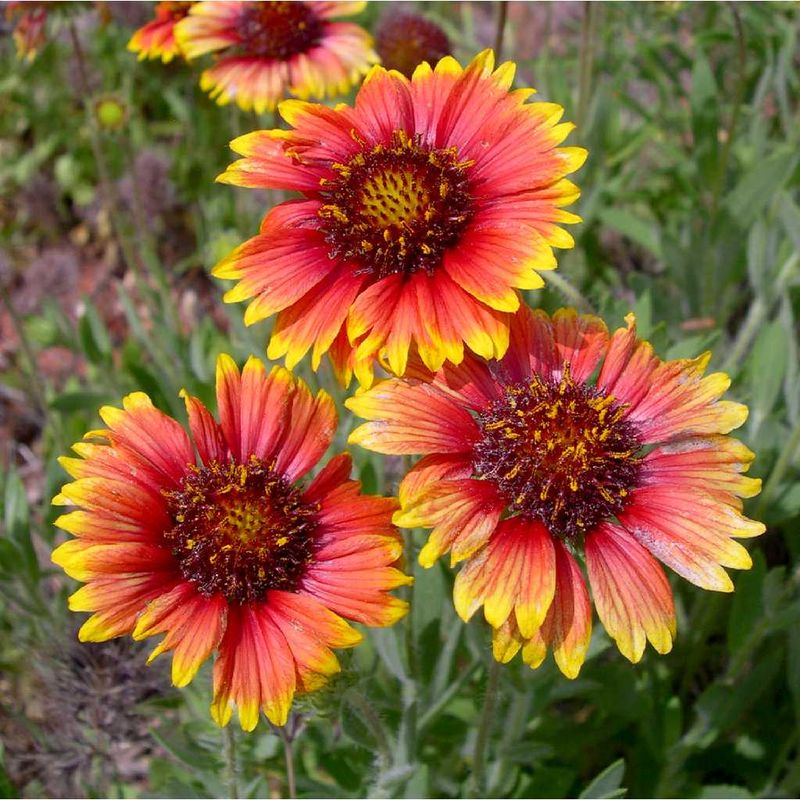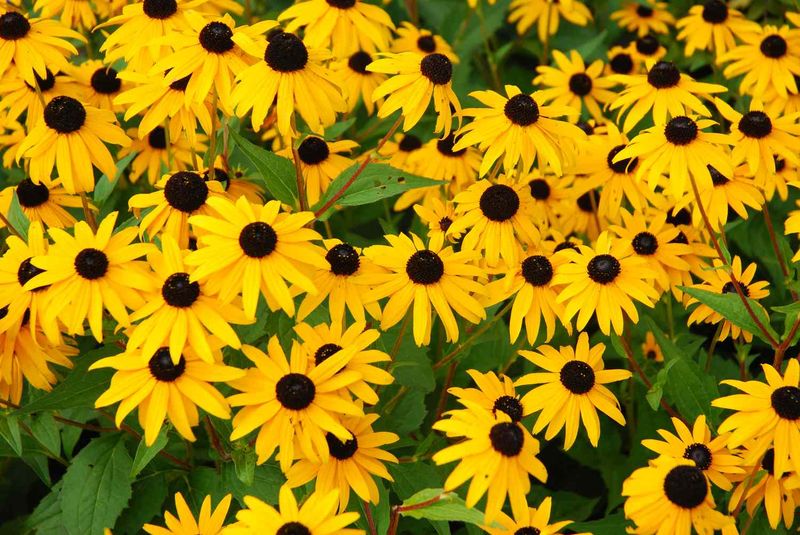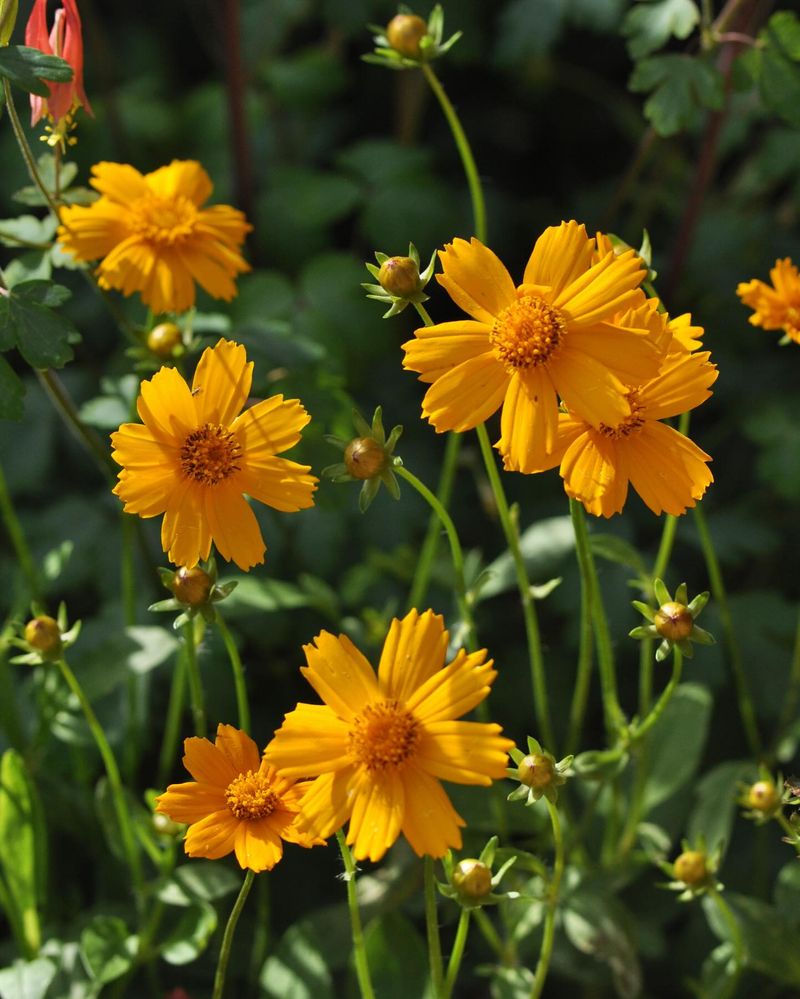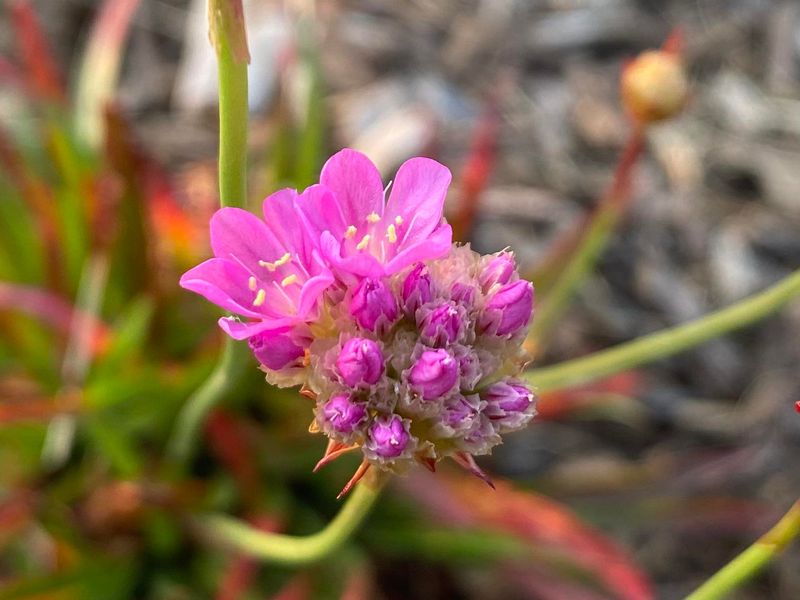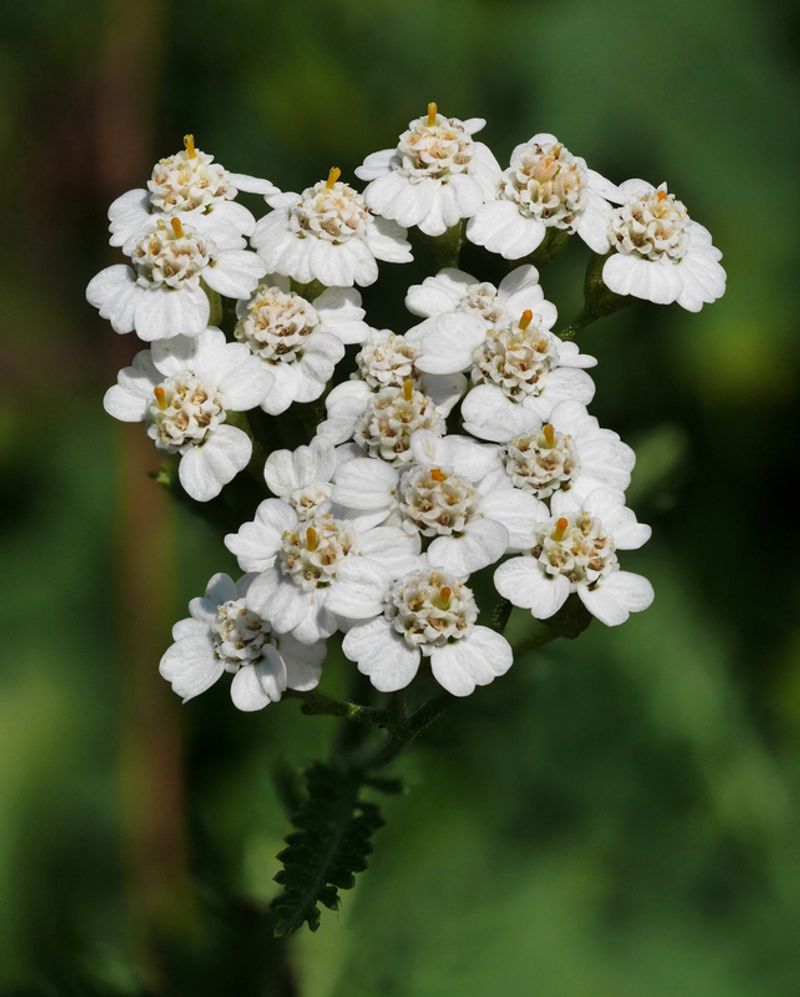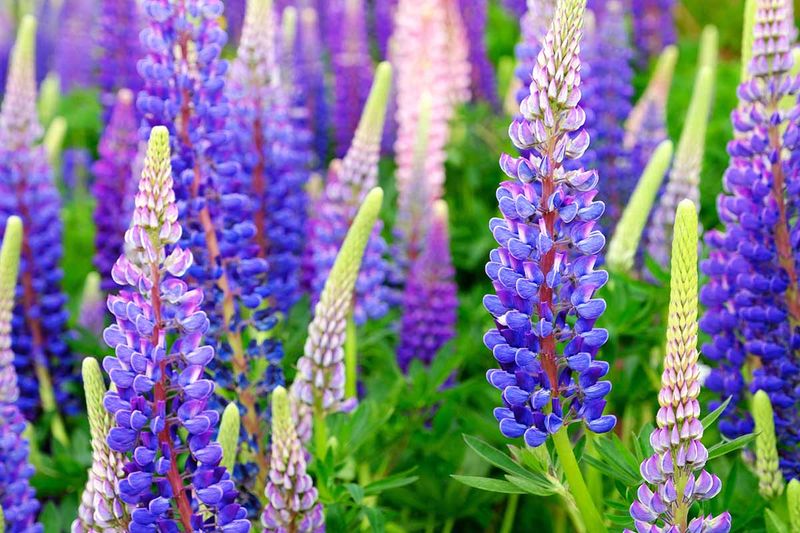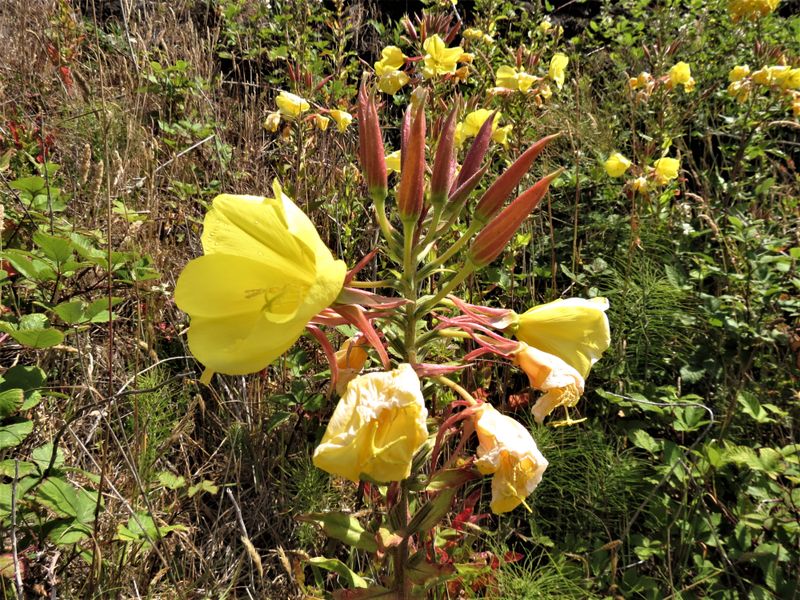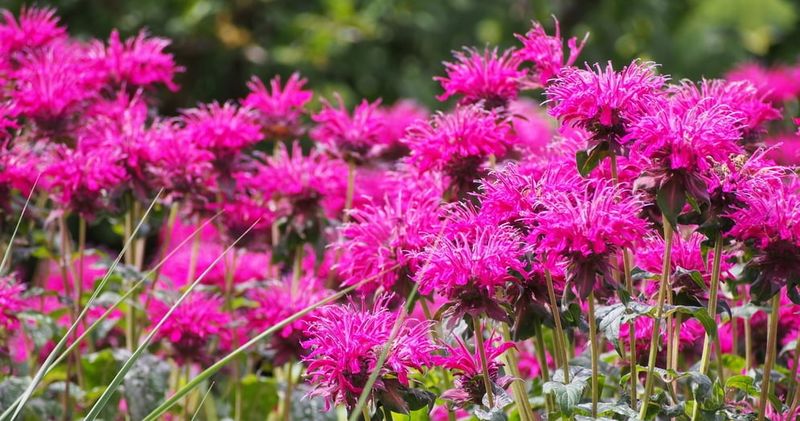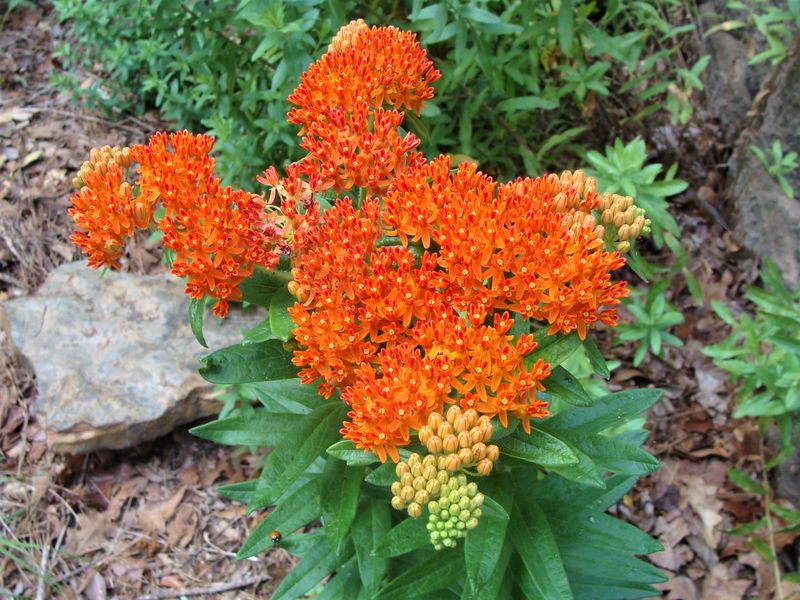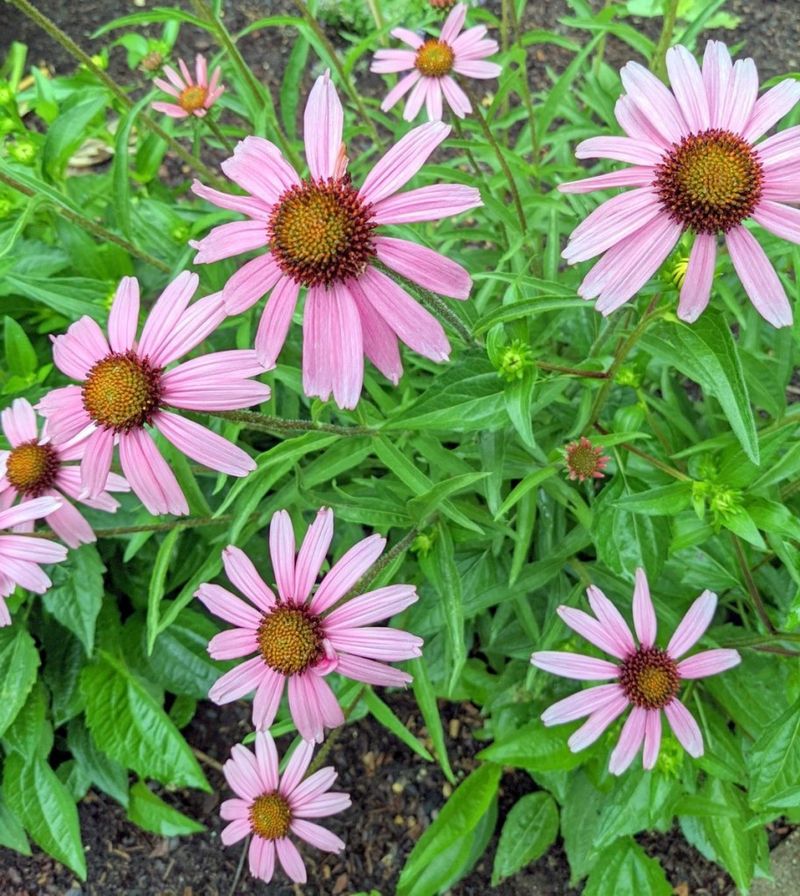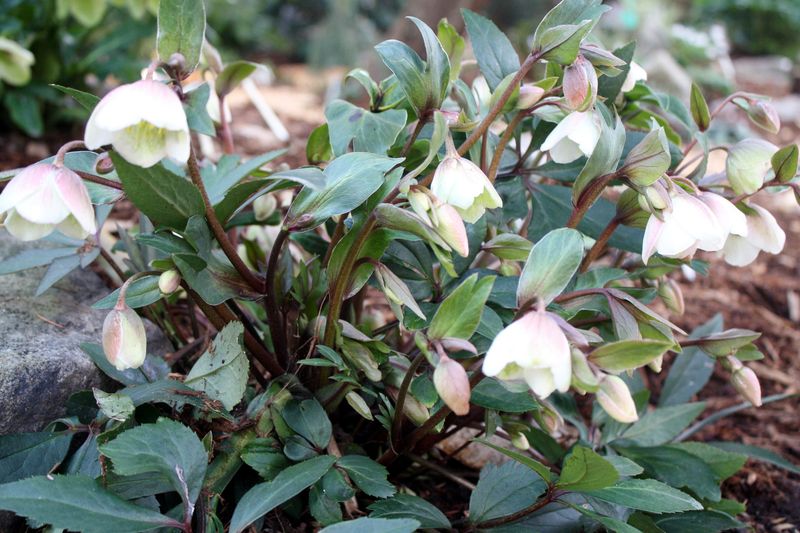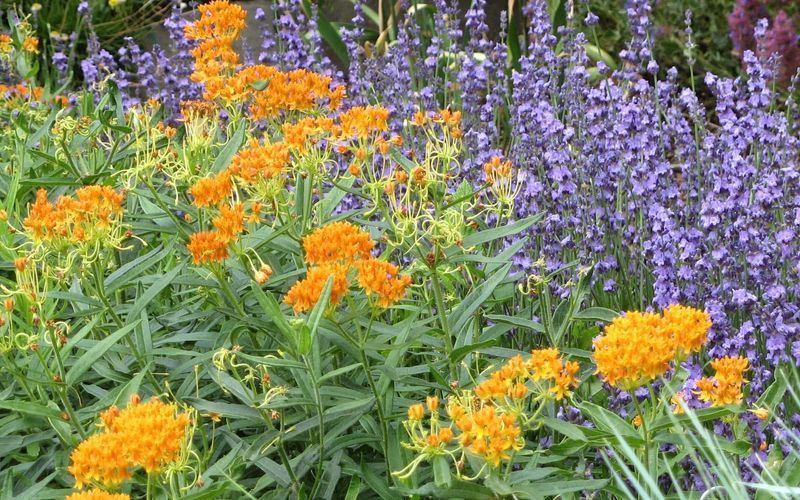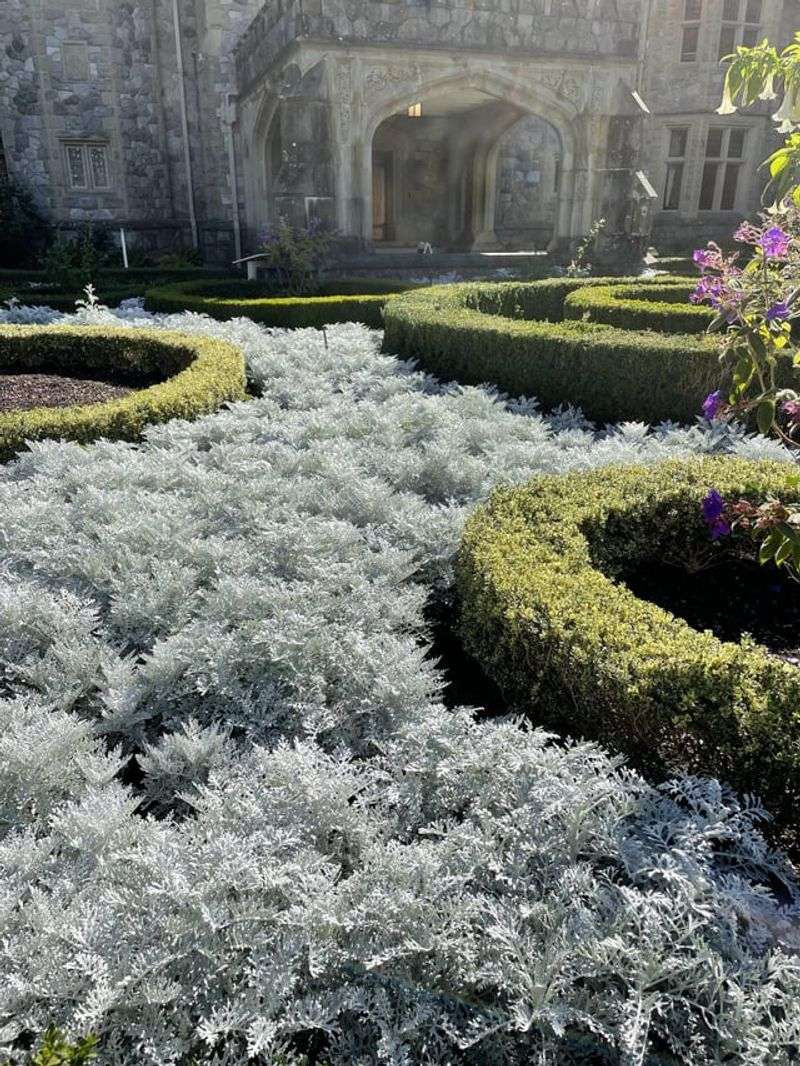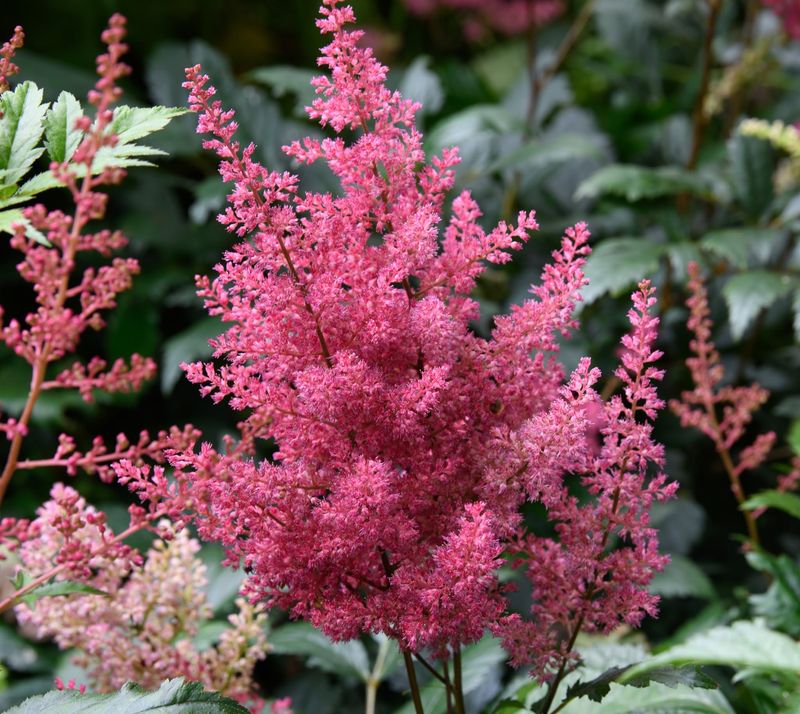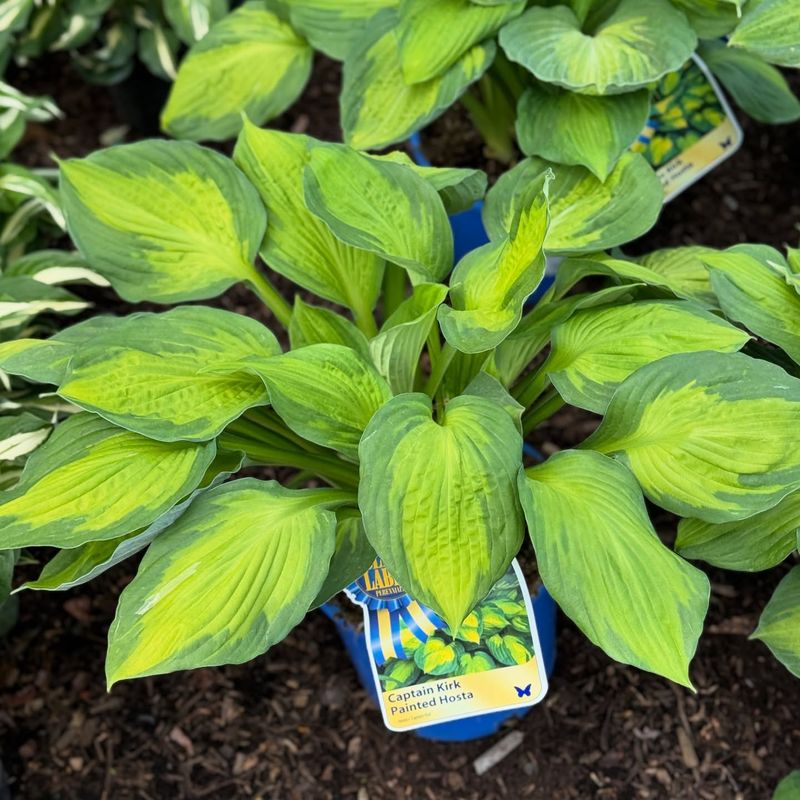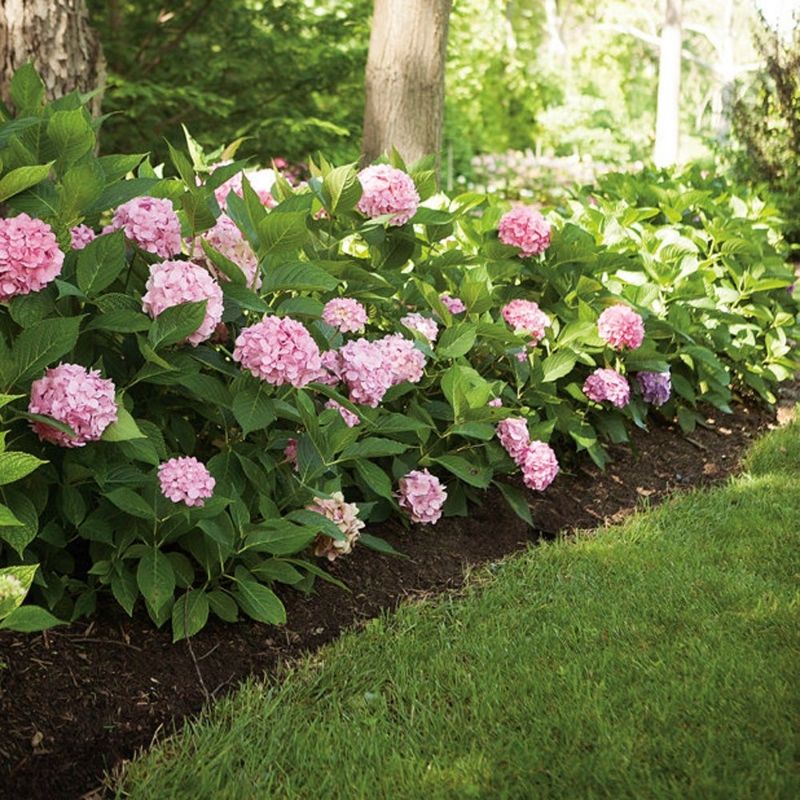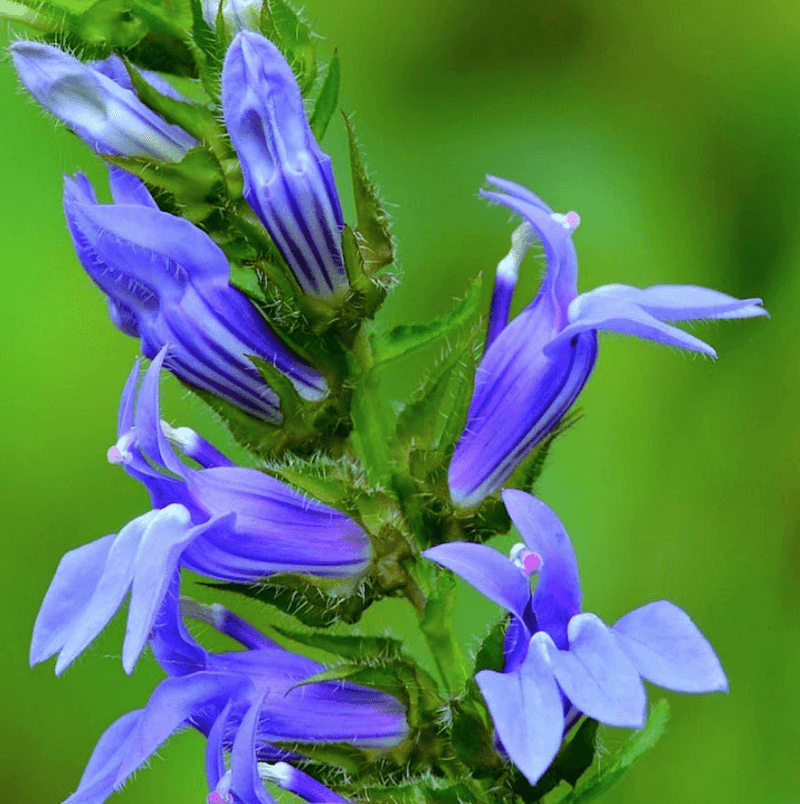Living near the coast comes with its own unique beauty and challenges. Sandy soils, common in coastal areas, can be tricky for gardening. Thankfully, many flowers not only survive but thrive in these conditions. Explore the vibrant world of flowers that brighten up the sandy landscapes of coastal Maine.
1. Blanket Flower
With petals that are a dazzling mix of red and yellow, the Blanket Flower stands out in any garden. This resilient flower loves the sandy, well-drained soils of coastal Maine.
Gardeners appreciate its long blooming season, often stretching from early summer well into fall.
Aside from its beauty, the Blanket Flower is also a favorite among pollinators, attracting bees and butterflies with its vibrant colors and sweet nectar.
2. Black-Eyed Susan
Black-Eyed Susans are like the sunshine of the flower world with their bright yellow petals and dark, bold centers. They are incredibly hardy and thrive in sandy soils, making them perfect for coastal gardens.
These flowers are low-maintenance, needing minimal care to flourish.
Not only do they add a splash of color to the garden, but they also support local ecosystems by attracting various pollinators.
3. Coreopsis
Coreopsis, often called “tickseed,” brings cheer to gardens with its delicate yellow blooms. This flower is well-suited for the sandy soils along coastal Maine.
Its drought-resistant nature makes it an excellent choice for those looking for low-maintenance beauty.
Gardeners love how Coreopsis spreads easily, forming lovely patches of sunshine that attract butterflies and other pollinators.
4. Sea Thrift (Armeria maritima)
Also known as Armeria maritima, Sea Thrift is a charming little flower that thrives in harsh coastal conditions. Its pink blooms resemble tiny pompoms, adding whimsy to the garden.
This plant is a coastal survivor, flourishing in the sandy, well-drained soils of Maine’s shores.
Gardeners often use Sea Thrift for ground cover, enjoying how it attracts bees and withstands salty air and winds.
5. Yarrow
Yarrow’s feathery leaves and clusters of tiny flowers make it a garden favorite. Known for its medicinal properties, Yarrow thrives in coastal Maine’s sandy soils.
This hardy plant is drought-tolerant, requiring little water or care once established.
Its flowers attract a wide range of pollinators, making it both a beautiful and beneficial addition to any garden.
6. Lupine
With their tall spires and vibrant colors, lupines create stunning displays in gardens. They thrive in the sandy soils of coastal Maine, where they can spread and flourish.
These flowers are not only beautiful but also help improve soil quality by fixing nitrogen.
Lupines attract bees and butterflies, adding life and movement to the garden.
7. Evening Primrose
Evening Primrose is a unique flower that blooms as the sun sets. Its delicate yellow petals open in the evening, releasing a sweet fragrance.
Adapted to sandy soils, it thrives in coastal Maine gardens where it can easily self-seed.
Aside from its beauty, Evening Primrose is known for its medicinal uses, and its seeds attract birds to the garden.
8. Bee Balm (Monarda)
Bee Balm is a magnet for pollinators with its striking red tubular flowers. Thriving in sandy soils, it’s a favorite in coastal Maine gardens.
Known for its aromatic leaves, Bee Balm is often used in teas and potpourris.
This flower not only adds vibrant color but also supports local ecosystems by providing nectar for bees, butterflies, and hummingbirds.
9. Butterfly Weed
Butterfly Weed is celebrated for its ability to attract monarch butterflies with its bright orange blooms. It thrives in the sandy, well-drained soils of coastal Maine.
This plant is drought-tolerant, making it perfect for low-maintenance gardens.
Aside from its beauty, Butterfly Weed is valued for its role in supporting pollinators and its historical medicinal uses.
10. Echinacea (Coneflower)
Commonly known as Coneflower, Echinacea is loved for its daisy-like blooms and medicinal properties. Its resilience makes it perfect for sandy coastal soils.
Gardeners adore its long-lasting blooms that add a touch of purple to the garden.
Echinacea is also a favorite among pollinators, ensuring a lively and vibrant garden throughout the growing season.
11. Rose Campion
With hot pink petals and frosty foliage, Rose Campion brings drama and elegance to any coastal garden. This striking plant thrives in the sandy soils of coastal Maine.
Its drought-resistant nature makes it a favorite among gardeners seeking low-maintenance beauty.
Rose Campion’s unique appearance adds a touch of elegance to any garden, attracting both human admirers and pollinators alike.
12. Russian Sage
Russian Sage captivates with its tall, airy spikes of purple flowers and aromatic foliage. It thrives in sandy soils, making it ideal for coastal Maine gardens.
This plant is drought-tolerant and requires minimal care, making it a gardener’s dream.
Russian Sage adds texture and color while attracting pollinators, ensuring a lively garden scene.
13. Dusty Miller
A master of contrast, Dusty Miller’s cool-toned foliage adds elegance and edge to sunny coastal gardens.. This plant thrives in sandy soils, perfect for coastal Maine’s unique conditions.
Gardeners love its low maintenance and ability to complement any flower arrangement.
Though it doesn’t attract pollinators like flowers, Dusty Miller adds a touch of elegance and calm to the garden.
14. Astilbe
Astilbe thrives in consistently moist, rich soil—conditions that sandy coastal soils rarely provide. In dry, fast-draining environments, it struggles to retain the water it needs to bloom.
Without adequate moisture, its feathery plumes wilt and its foliage browns quickly.
15. Hosta
Shady, moisture-loving Hostas don’t stand a chance in Maine’s dry, sandy coastal soil. With water draining too fast, their roots dry out and stress sets in.
The result? Sun-scorched leaves, stunted growth, and a garden plant that just can’t keep up.
16. Hydrangea macrophylla
Hydrangea macrophylla needs consistently moist, well-amended soil to thrive—something sandy coastal soils can’t naturally provide.
It often struggles with water retention and nutrient uptake in these conditions. This leads to smaller blooms, weak stems, and a general lack of vigor.
17. Lobelia
Cool and moisture-craving, Lobelia wilts fast in the dry, sandy soils of coastal Maine. Without consistent hydration, its vivid blooms fade, and the plant turns scraggly or dies back entirely.
Add salty air and coastal winds, and this delicate beauty simply doesn’t stand a chance.

